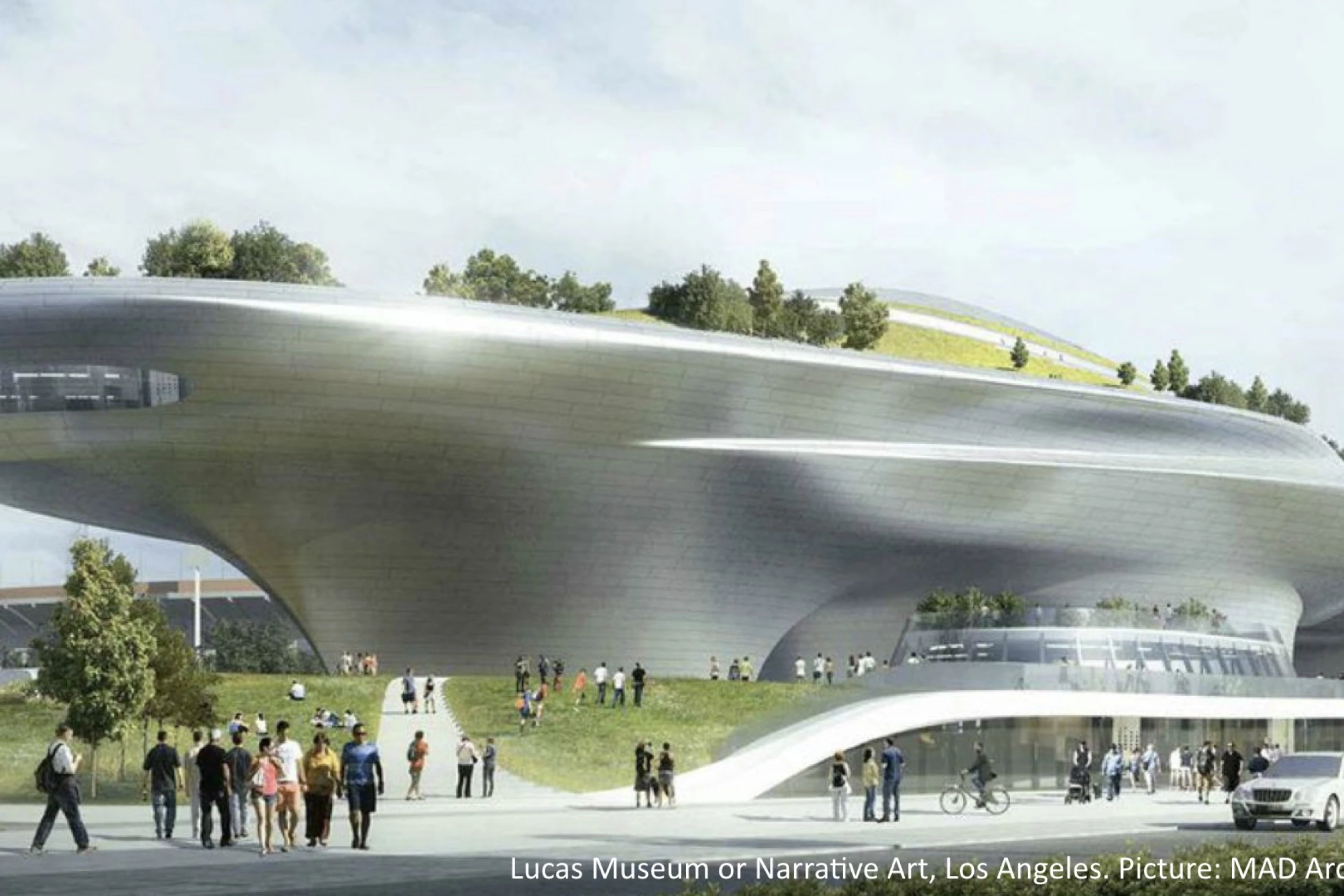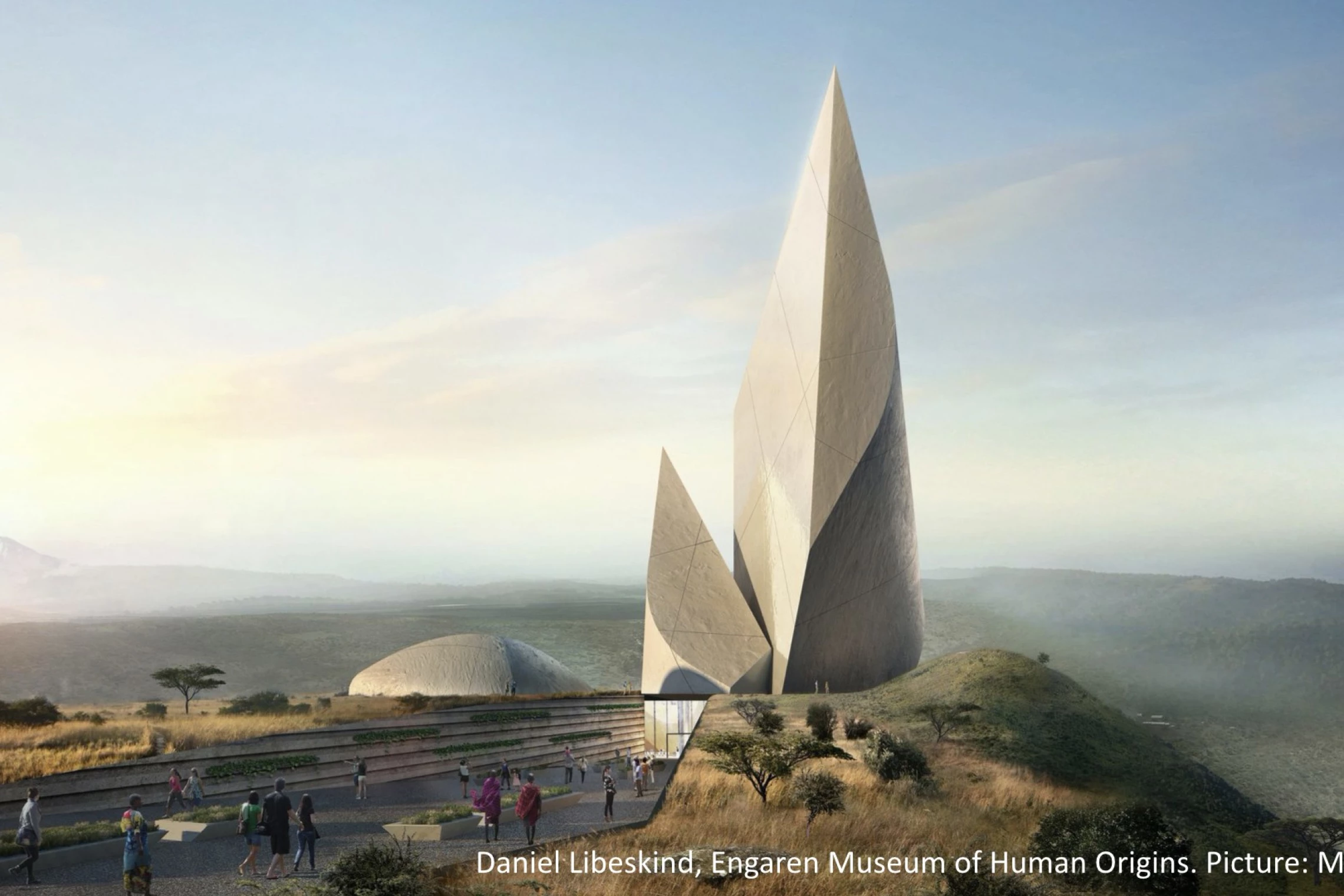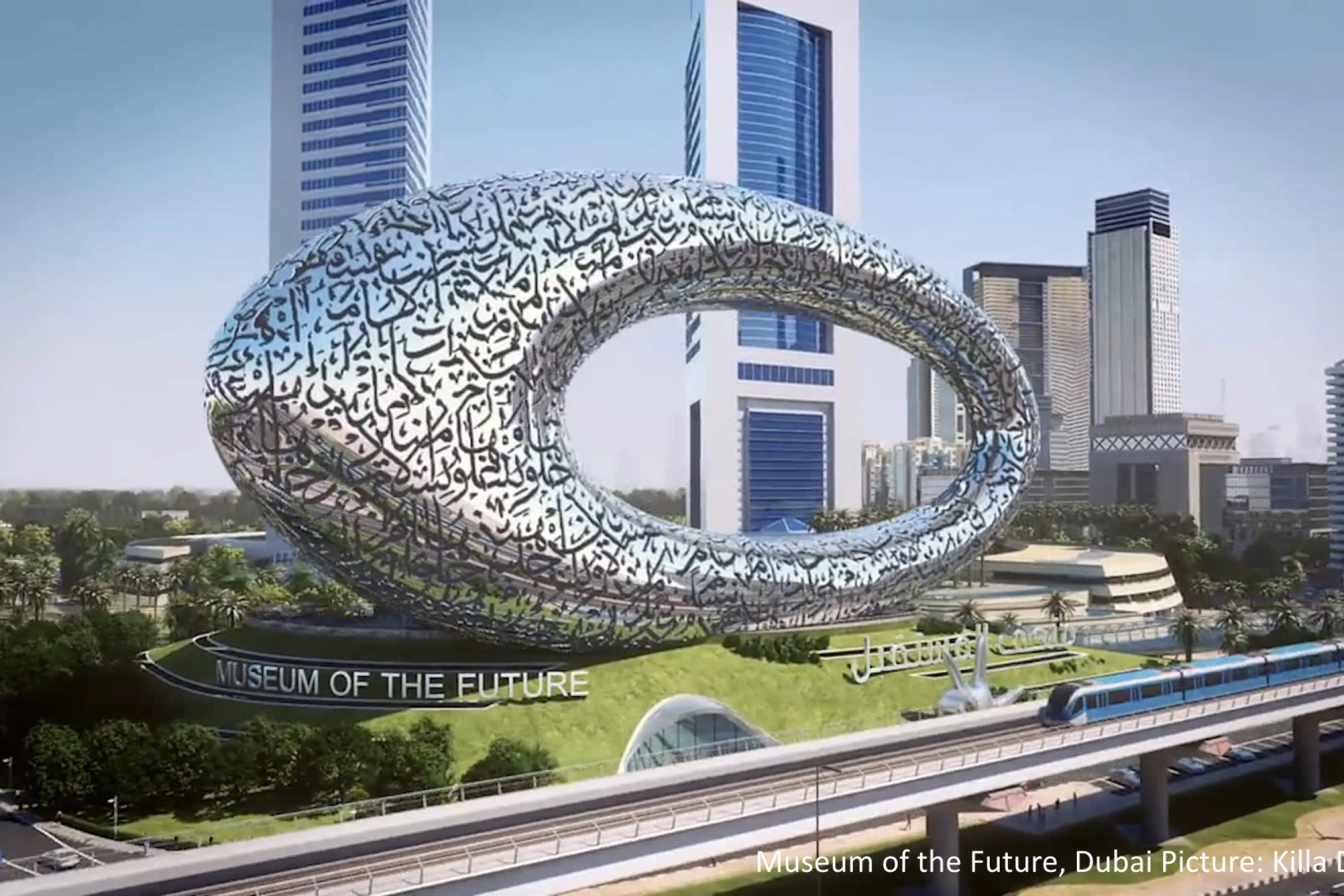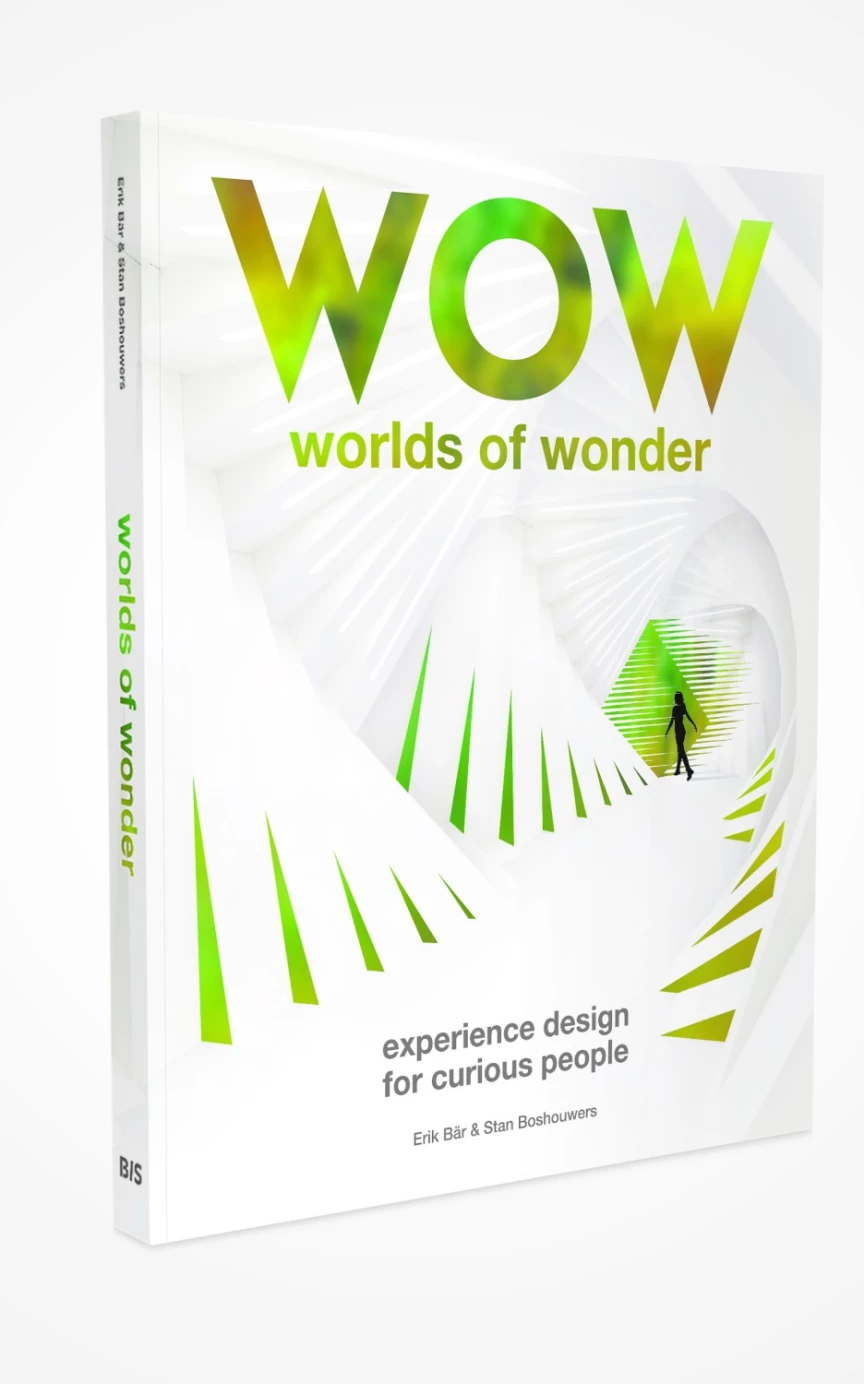we are experience designers
worlds of wonder, new temples for the 21st century?
These small museum enterprises might just be a blip on the screen, if George Lucas wouldn’t have unveiled his plans for the Lucas Museum of Narrative Art, now under construction at the LA Exposition Parc in Los Angeles. The budget is over 1 Bn USD. This is a very serious museum enterprise. Below, I’ll list some more. So, do we see a new wave rolling in? I think so.


Narrative spaces, rooms that immerse their visitors in a carefully designed setting to convey a story or an idea are as old as humanity itself. When we dig up our deepest past, we find temples, churches and mystical gardens, all set up to convince their visitors to understand and adopt collective images, gods or cosmic patterns. Throughout history, people have created spaces to convey big ideas like these to their brothers and sisters. Wunderkammers, curiosity cabinets and museums all fit in this broad category, with the name of the latter pointing at being temples for the muses, as is the etymological source of muse-eion.
'Throughout the ages we have shaped and visited these places of wonder and imagination.'
These places wouldn’t have lasted without the deeply human drive to visit them. Throughout the ages we have shaped and visited these places of wonder and imagination. In classic and modern mythology sacred places are paramount. Who doesn’t know Alice’s Wonderland or the blue pill zone of the Matrix? Joseph Campbells often cited Hero starts his Journey only after arriving in a Special World, epitomized by his deep immersion into the whales’ belly. In all stories, magical spaces like these foster moments of revelation and transformation. The key question is what the temples of our times would look like.
It depends on the way you look at things. One could say that in our post-postmodern lives, temples are obsolete, because all stories (if we would need any) are available at our fingertips, leaving the offer of immersive experience to sport stadiums, holiday resorts and themed shopping malls. Most museums nowadays look more like laboratories than temples anyway. And churches? Well, who needs a church nowadays?


But look again. At Daniel Libeskinds ‘Museum of Humankind’ to be built in the Kenyan desert and targeted at uncovering our collective origins on the spot. Or the Museum of the Future, opening next year in Dubai, exploring the other end of the human timeline. Look at UN Live to be built in Copenhagen: a huge place, addressing global issues of citizenship, curated by the United Nations. The US will have its own version with the Barack Obama Center, a 500MUSD center in Chicago, opening in 2022, aimed at inspiring its visitors with the big ideas of its name giver. These are just some examples from a list of dozens. Numerous national museums about climate change and ecology are in development on all continents, relabeling Natural History Museums into Natural Future Centers. The same goes for a new generation of art centers and libraries worldwide, aimed at not only displaying works of art and literature, but trying to engage their visitors in a deep way and immerse them in the storyworlds of their respective authors.


This might give us the key. Contrary to popular belief, I think people are very much looking for big stories and grand perspectives. Stories of the deeper sort, that explain who we are, where we come from and where we might be heading to. Not the naive fairy tale mythology of earlier times or the monomaniac ideas of the 20th century, but communicative ideas, expressing human creativity and intelligent spirit. It is about actualizing human imagination, to quote futurist and experience design advocate Jason Silva.‘If you want to shape minds, shape spaces into which minds can dwell’. There seems to be a growing interest from both investors and consumers to devote time, money and attention to do just that.
Museums can be the temples of the secular. People do visit them to have an uplifting experience.
This, finally, is of interest to people working on innovative museum and exhibition projects. Museums can be the temples of the secular. People do visit them to have an uplifting experience. It is not just the topic the museum is about, it is about how this topic is contextualized, making full use of the amazing narrative powers of architecture. If it is your job to provide wow moments in museums, the key is to utilize the power of immersive communication in the service of true human desires.
If you are curious about Worlds of Wonder, handbook on experience design and immersive spatial storytelling, please read more or order your copy.

